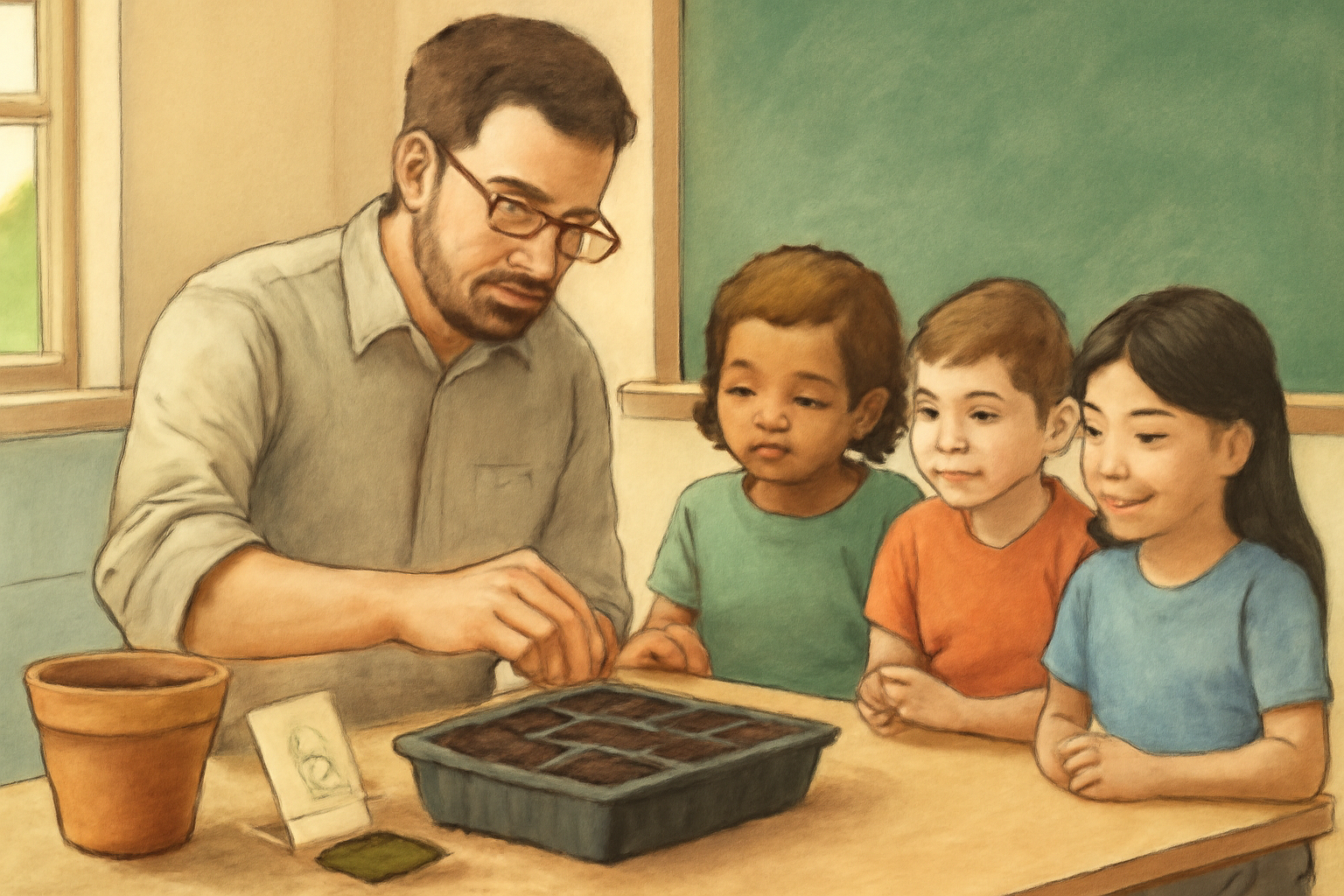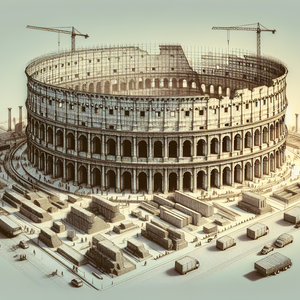Quantum Playgrounds for Young Minds: Teaching Quantum Concepts Through Play

For most of the past century, quantum mechanics has remained the province of advanced students and professional physicists. Traditional quantum education relies on complex equations, dense theoretical models, and abstract reasoning—approaches that are inaccessible to young children, who learn best through movement, exploration, and play. This gap represents not just a lost opportunity for early science literacy, but also a missed chance to nurture a sense of wonder about the invisible rules that govern our universe. Recent research in cognitive science and educational theory highlights the importance of kinesthetic and experiential learning, especially for young minds. Children are natural experimenters: they learn by doing, touching, moving, and imagining. The challenge, then, is to translate the counterintuitive world of quantum physics into playful, meaningful experiences.
Superposition Through Simple Games
Superposition—the idea that a quantum particle can exist in multiple states simultaneously until observed—is famously mind-bending. Yet, it can be brought to life through a simple playground activity. Imagine a game where children gather in a circle, each holding two colored flags: red and blue. At a signal, each child hides one flag behind their back. Until the flags are revealed, each child's color choice remains unknown, existing in a state of “red and blue” at once, mirroring quantum superposition. Only upon revelation does their state “collapse” into a definite color. This game, while simple, creates a physical analogy for a core quantum concept. Follow-up discussion can help children connect their experience to the strange but real behavior of quantum particles, planting the seeds for deeper understanding as they grow.
Entanglement on the Playground
Quantum entanglement, which baffled even Einstein, describes how two particles become so closely linked that the state of one instantly affects the other, no matter the distance. On the playground, this can take the form of paired children connected by elastic bands or ribbons. When one moves, the other is compelled to move as well, illustrating the mysterious correlations of entangled particles. More advanced games might use secret handshakes or synchronized movements—if one partner raises a hand, so must the other, regardless of their distance or whether they can see each other. After the game, facilitators might ask, “How did your movements always match? What might this tell us about how things can be connected across space?” These activities help demystify entanglement, turning an abstract concept into a shared, memorable experience.
Toy Design: Quantum Blocks and Spinners
Beyond games, toy designers are entering the quantum playground. Building on the popularity of STEM toys, innovators have created blocks and spinners that embody quantum ideas. For example, a spinner divided into multiple colored segments can represent a qubit (the basic unit of quantum information) in superposition. Magnetic blocks that “snap” together in pairs can symbolize entangled qubits: separate them, and the magnetic force is still felt, a tactile analogy for quantum linkage. By manipulating these toys, children develop an intuitive, hands-on sense of how quantum information works—long before they encounter formal equations or programming languages. These tools help bridge the gap between play and knowledge, making quantum mechanics something children can literally hold in their hands.
Evidence of Impact
Early pilot studies and classroom experiments suggest these playful approaches can make a measurable difference. In one such study, children who participated in quantum playground activities were asked to explain superposition and entanglement in their own words. Compared to peers who only watched demonstrations, these children offered more accurate and creative explanations. Surveys also found that participants felt less intimidated by quantum science and were more curious about topics like quantum computers and teleportation. This trend is echoed in the rise of programs like Quantum Computing Education for Kids, which offers simplified quantum computing courses and resources tailored for children and young teens. Such initiatives provide structured, age-appropriate introductions to quantum ideas, reinforcing the lessons of playground and toy-based learning.
A Playful Path Forward
The movement to bring quantum mechanics to the playground is not about trivializing science—it’s about democratizing it. By using games and toys that echo quantum logic, educators are making foundational concepts accessible, memorable, and exciting. This approach taps into the natural curiosity and creativity of children, empowering them to see themselves as future scientists, engineers, or simply as thinkers unafraid of big questions. As quantum technologies promise to revolutionize fields from computing to cryptography, early familiarity with quantum principles is becoming an important form of future-readiness. The playful introduction of quantum ideas doesn’t replace formal education; rather, it lays a joyful foundation upon which deeper learning can be built.
In the end, the sandbox may indeed be the perfect place for the quantum revolution to begin—one flag, one ribbon, and one inspired young mind at a time.
Quantum Education Curriculum Developer (K-12 Focus)
Science museums, educational nonprofits (e.g., Qubit by Qubit), edtech startups specializing in STEM content
Responsibilities
Designs and pilots age-appropriate lesson plans and classroom activities that introduce quantum concepts through hands-on play, storytelling, and tangible analogies.
Collaborates with cognitive scientists, teachers, and physicists to ensure materials align with child development and learning standards.
Required Skills
Background in physics or science education.
Experience with curriculum design and child pedagogy is essential.
STEM Toy Product Designer (Quantum Learning Tools)
Toy companies (e.g., Learning Resources, Thames & Kosmos), educational startups, and STEM-focused design consultancies
Responsibilities
Develops physical toys and games (e.g., quantum spinners, entanglement blocks) that embody quantum principles, working from concept sketches through to prototyping and user testing with children.
Integrates input from child psychologists and educators to maximize safety, engagement, and conceptual clarity.
Required Skills
Proficiency in industrial or product design, 3D modeling software, and understanding of basic quantum mechanics required.
Children’s Science Outreach Coordinator (Quantum Emphasis)
Science centers, children’s museums, outreach arms of universities (e.g., MIT Museum, Perimeter Institute)
Responsibilities
Plans, promotes, and delivers workshops, camps, and public events that introduce quantum ideas through games, demonstrations, and collaborative activities.
Trains volunteers and staff to facilitate engaging, accurate, and accessible quantum-themed experiences for diverse audiences.
Required Skills
Strong communication skills, event management experience, and familiarity with both informal science education and quantum concepts are needed.
Educational Game Developer (Quantum Concepts)
Edtech firms (e.g., Tynker, Osmo), research labs developing educational tools, or freelance/contract positions
Responsibilities
Designs and codes digital or physical games that simulate quantum phenomena (e.g., superposition puzzles, entanglement challenges) for children or young teens.
Balances engaging gameplay with accurate scientific modeling, often collaborating with physicists and educators to ensure fidelity.
Required Skills
Experience in game development (Unity, Unreal, or analog game design), user experience testing with kids, and some background in quantum physics required.
Quantum Computing Workshop Facilitator for Youth
Summer camps, after-school programs, online learning platforms (e.g., Quantum Computing Education for Kids), and youth-focused STEM nonprofits
Responsibilities
Leads interactive sessions where children experiment with basic quantum algorithms or explore quantum logic gates using hands-on kits, simulators, or unplugged activities.
Adapts technical content into age-appropriate language, using storytelling and play to demystify quantum computing concepts.
Required Skills
Requires knowledge of quantum computing basics (e.g., IBM Q Experience), teaching or facilitation experience, and a passion for making complex ideas accessible.


